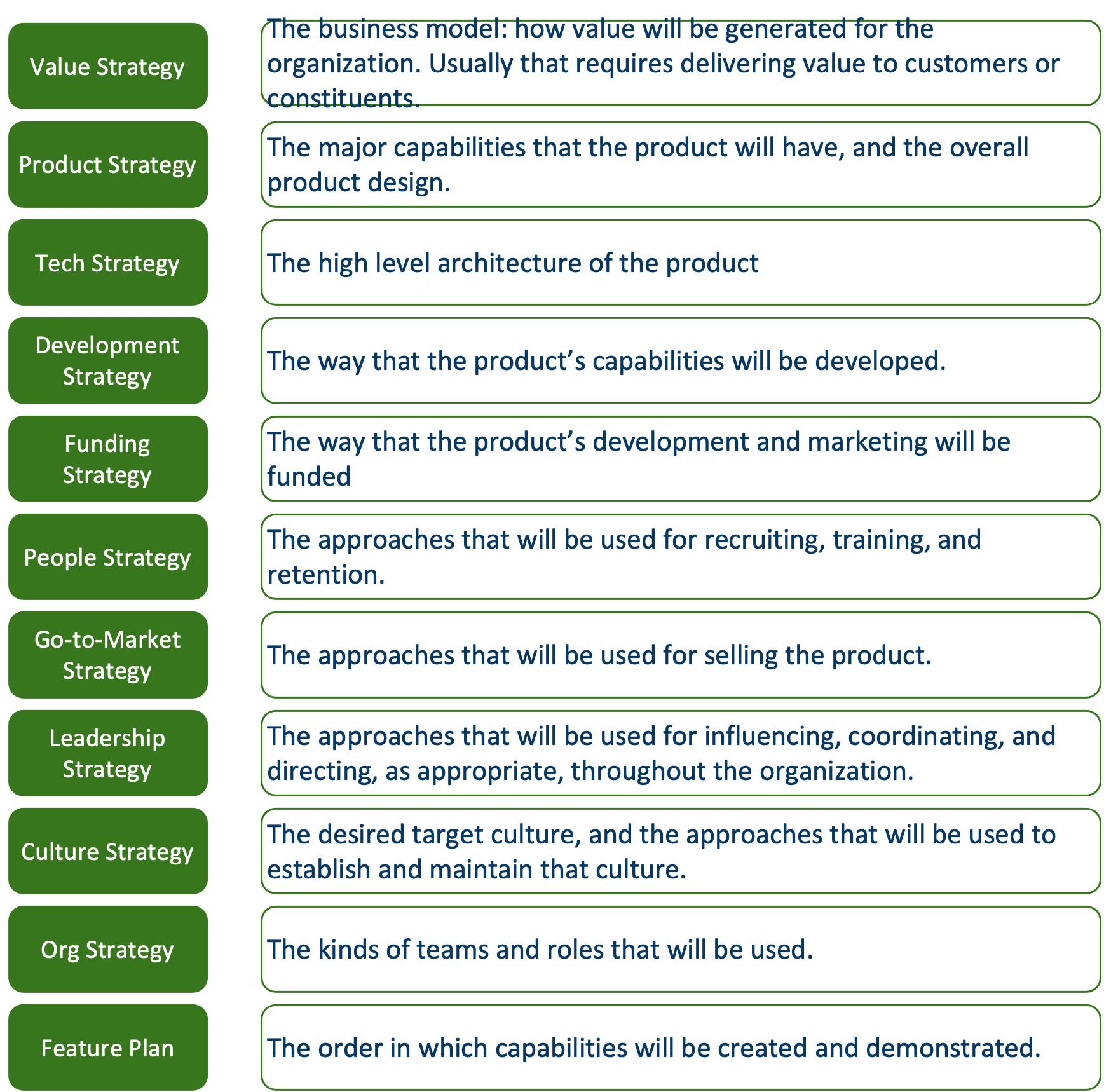The Transformational Leader Role
Any initiative goes through transformation. As an initiative grows, it evolves, transforming itself to attain greater scale. There needs to be leadership orchestrating that transformation—otherwise it will be randomly chaotic. What we want is a little bit of chaos, but not too much: we need to be intentional about each step of the initiative’s evolution.
The people who oversee the evolution of the initiative are the transformation leaders. They might have titles like Head of Operations or Product Manager, and as such they have accountability for business outcomes, but in the context of Constructive Agility and the application of agility-promoting behaviors, they are also a transformation leader.
Activities of a Transformational Leader
Co-Creating Strategies
A transformation leader is responsible for contributing to the strategies that impact their area of responsibility. Strategies begin as simple ideas, and evolve over time to have more detail. It is rare that a strategy should be autocratically set by a leader: strategies are usually best defined through collaboration.
Establishing Teams and Other Structures
Transformation leaders establish teams to achieve some purpose. The purpose must be clear. In creating a team, the leader must retain responsibility for the team, and oversee the team’s evolution and progress toward its goals.
Ensuring the Each Activity Has the Kinds of Leadership It Needs
When setting up a team, whether it is a temporary team to address an emergent issue or a long-lived team that is doing routine work, the team will need to have certain kinds of leadership and expertise. The transformation leader who sets up the team is responsible for ensuring that the needed kinds of leadership are operating within the team.
Being a Participative Leader
In order to support a team, a leader needs to have a way of knowing if the team is effective, and if not, why. If the team is highly experienced and has a history of success, the leader might be able to stay removed from the team and only ask to be updated on outcomes or unusual events; but if the team is not highly experienced and trustworthy, then the leader needs to practice “Gemba” and participative leadership, in order to maintain a clear picture of the inner workings of the team. That is the only way to be able to intervene well when there is dysfunction.


